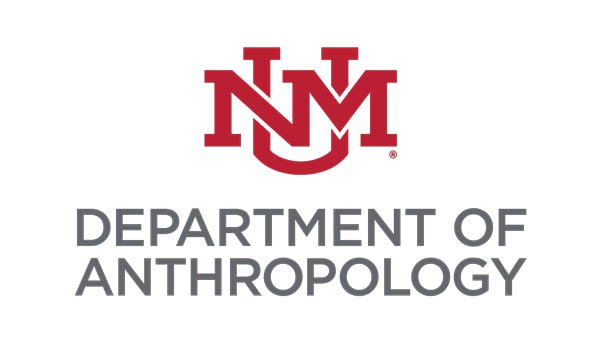Research looks at origins of presence of horses in North America
March 30, 2023 - Mary Beth King
 Horses first emerged on the continent of North America. Millions of years of evolutionary changes transformed the horse before it became the natural companion of many Indigenous peoples and the flagship symbol of the southwest. An international team uniting 87 scientists across 66 institutions around the world, including Associate Professor of Anthropology Emily Lena Jones at The University of New Mexico, now begins to refine the history of the American horse. This work, which embeds cross-disciplinary and cross-cultural research between western and traditional Indigenous science, was published recently in the journal Science.
Horses first emerged on the continent of North America. Millions of years of evolutionary changes transformed the horse before it became the natural companion of many Indigenous peoples and the flagship symbol of the southwest. An international team uniting 87 scientists across 66 institutions around the world, including Associate Professor of Anthropology Emily Lena Jones at The University of New Mexico, now begins to refine the history of the American horse. This work, which embeds cross-disciplinary and cross-cultural research between western and traditional Indigenous science, was published recently in the journal Science.
Jones is one of a collaborative team looking at the spread of horses globally. Horse domestication is widely recognized as a key transformative event in human prehistory. The initial domestication of horses has been linked to major changes in human mobility and social organization. Some of the team’s research focusing on the horses of eastern Eurasia was published in Nature: Scientific Reports in 2020.
This new paper tests a narrative that features in almost every single textbook on the history of the Americas: whether European historic records accurately captured the story of Indigenous people and horses across the Great Plains and the Rocky Mountains. This narrative reflects the most popular chronicles of the Europeans who first established contact with Indigenous groups and contend a recent adoption of horses following the Pueblo Revolt of 1680.
Read more at UNM Newsroom.
